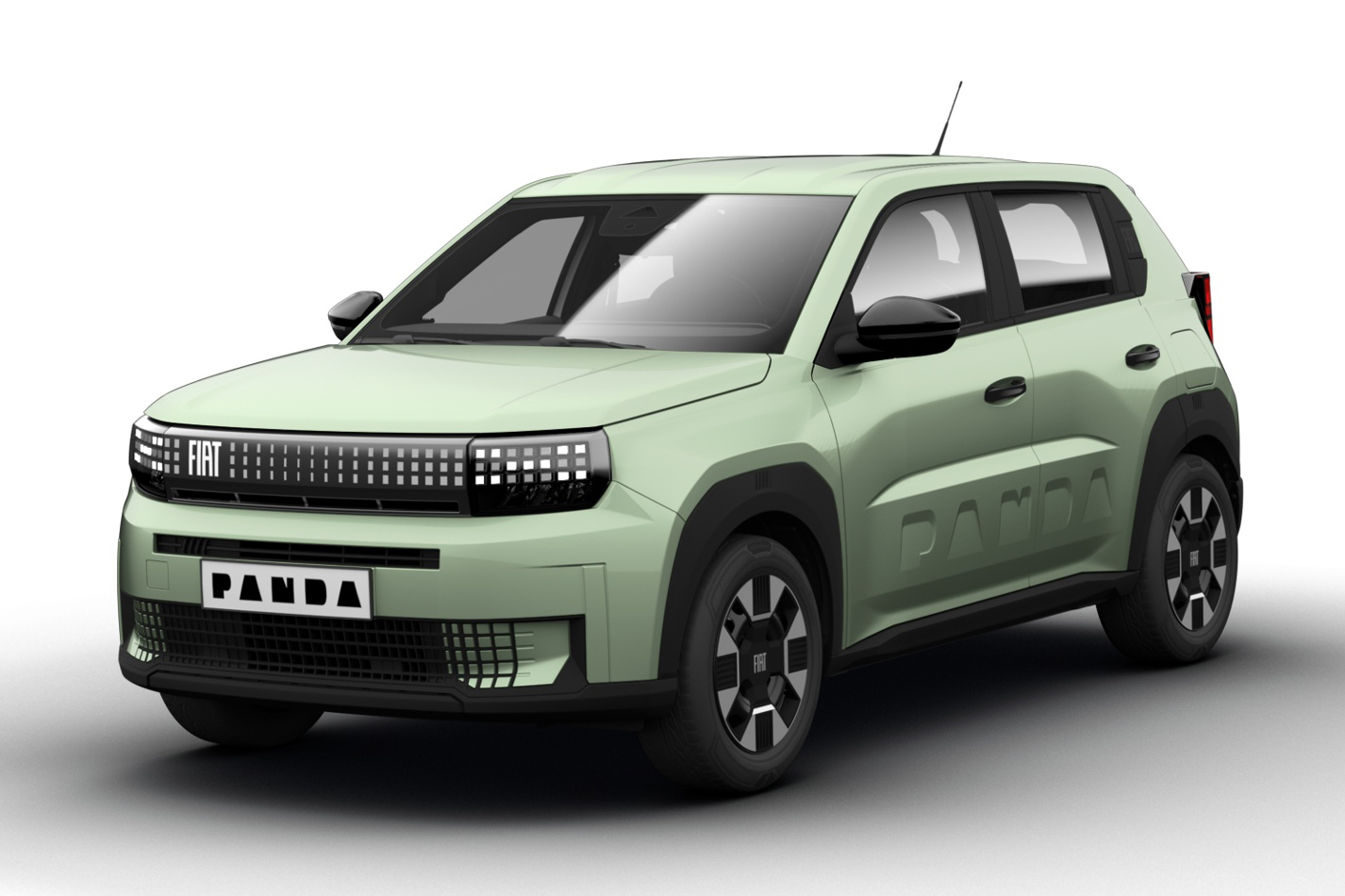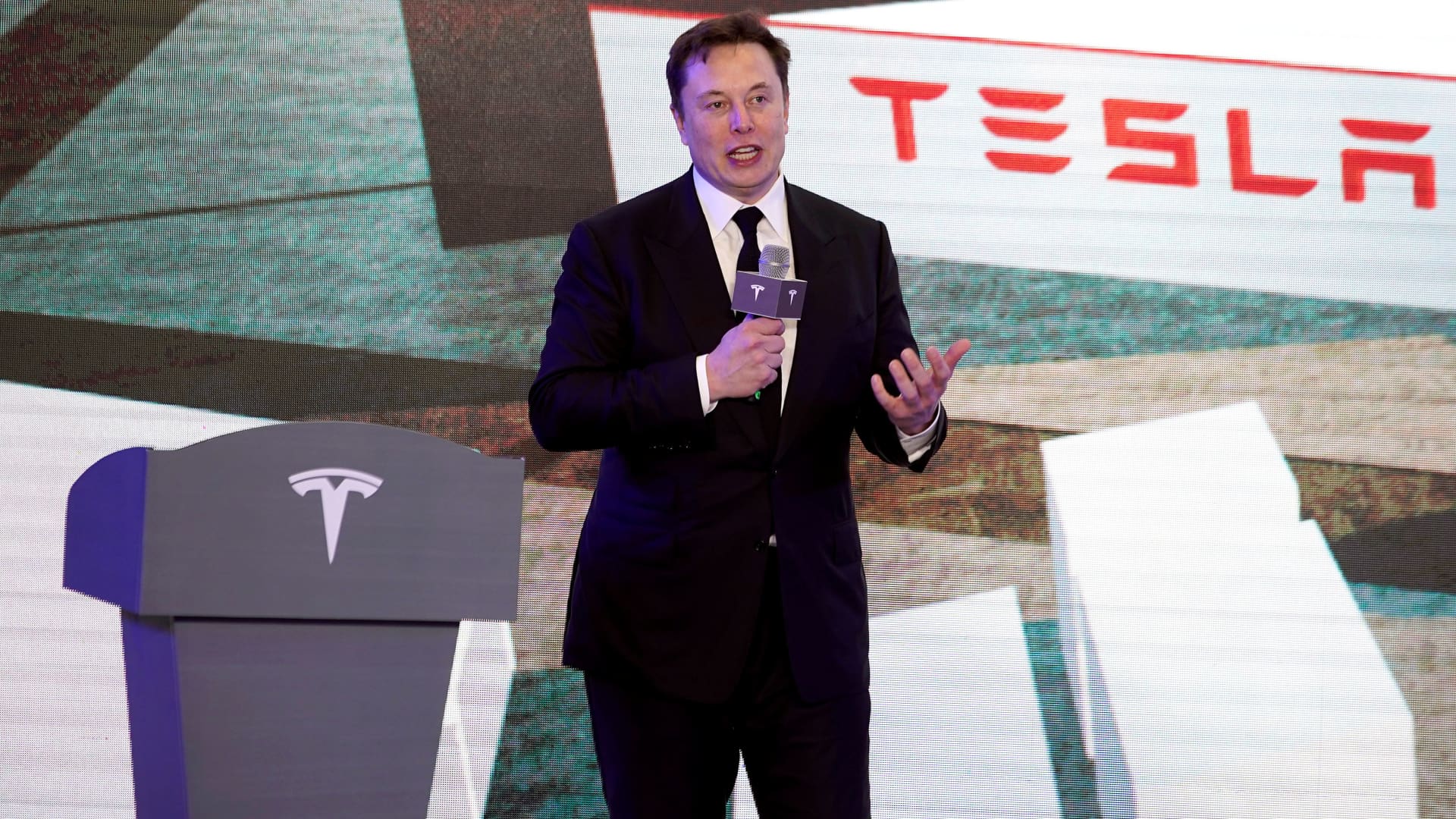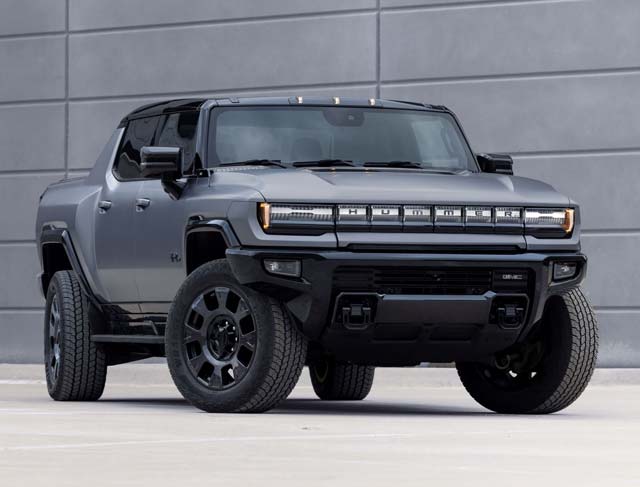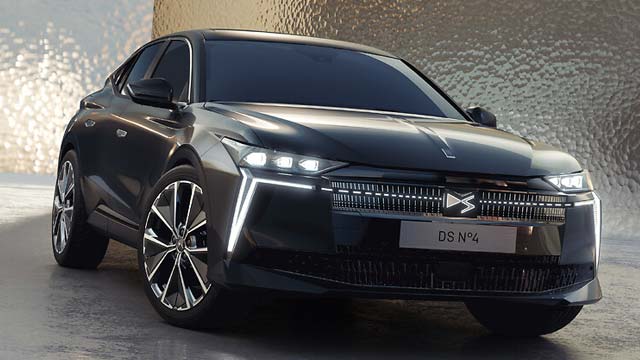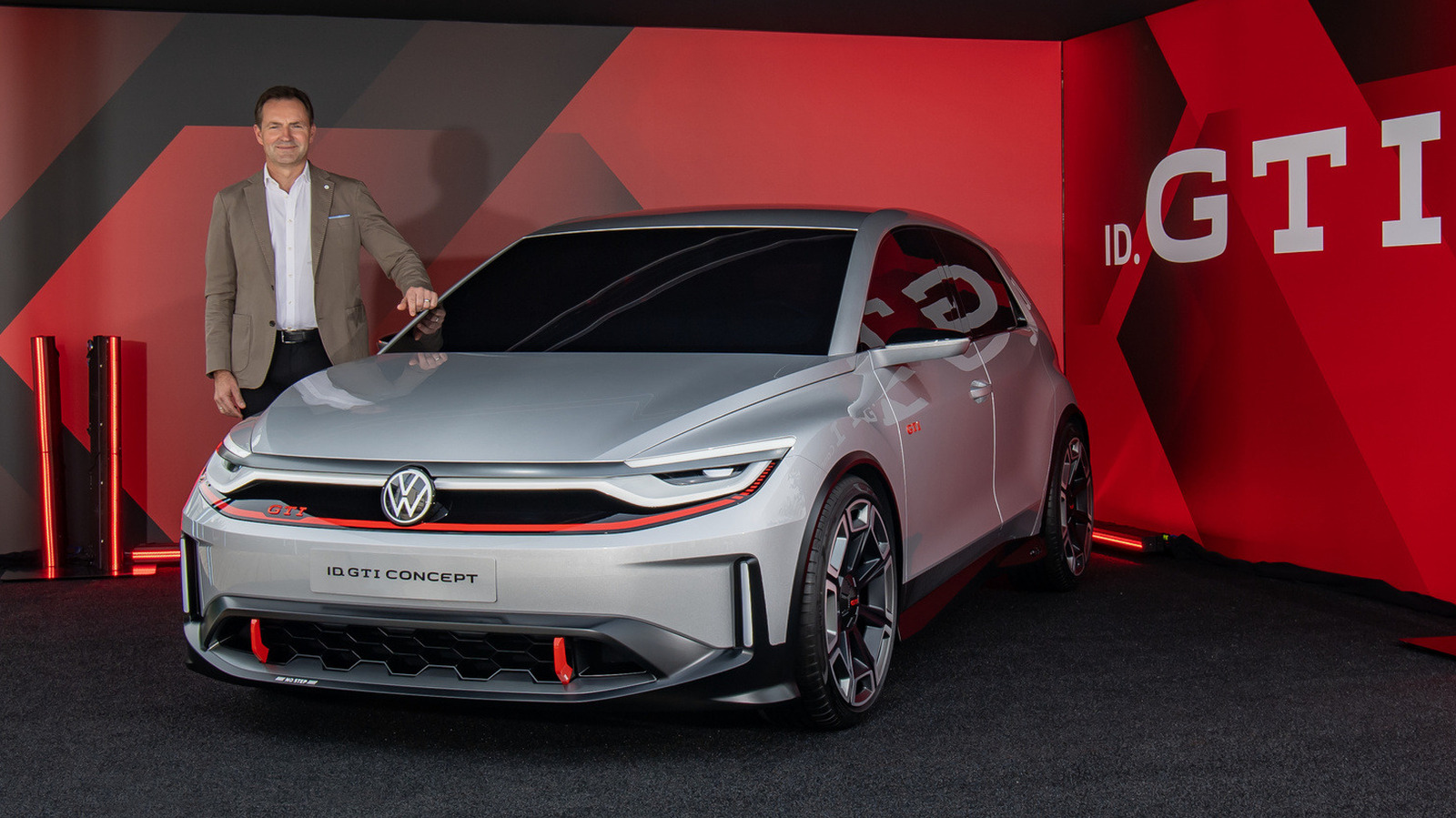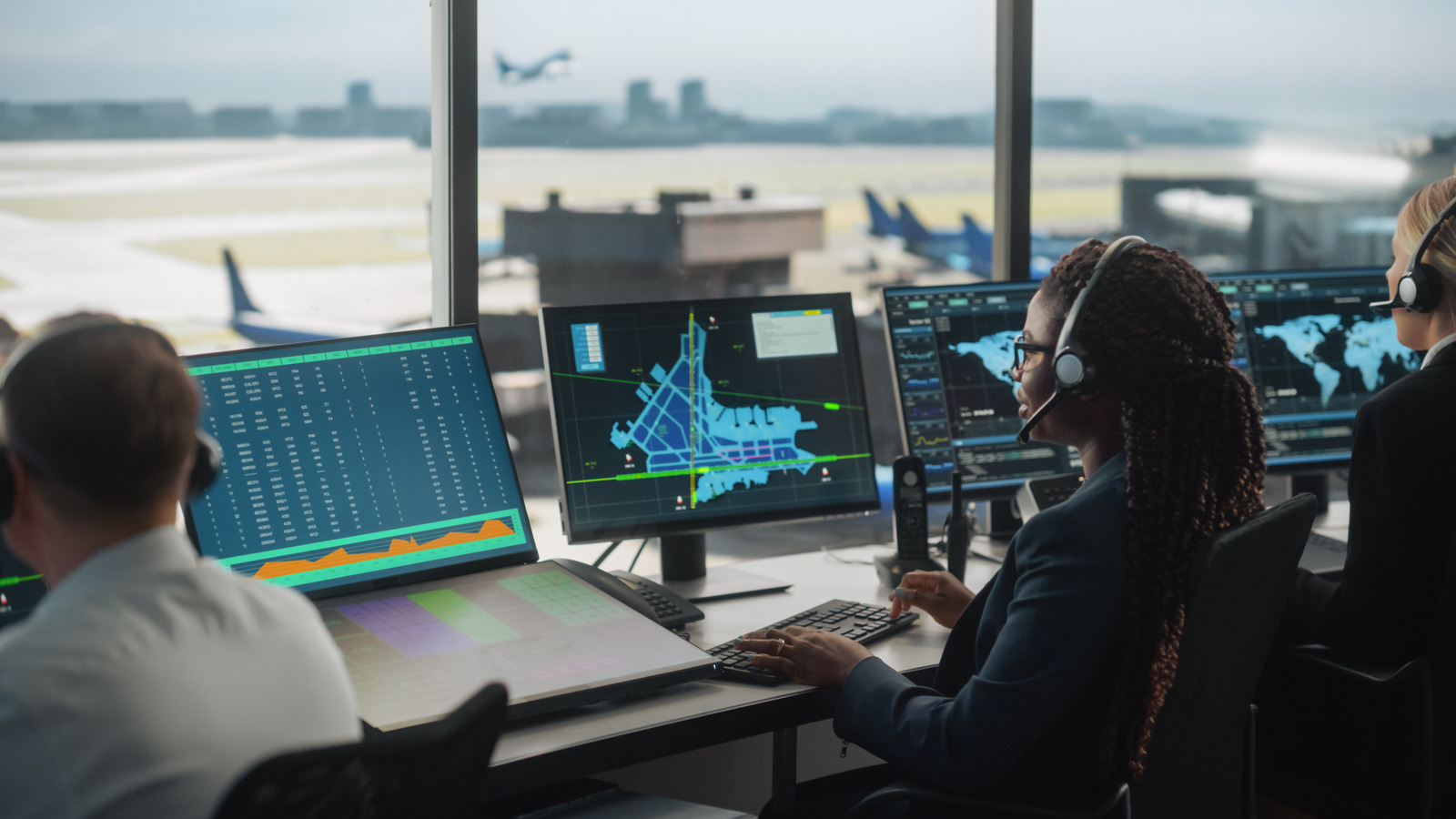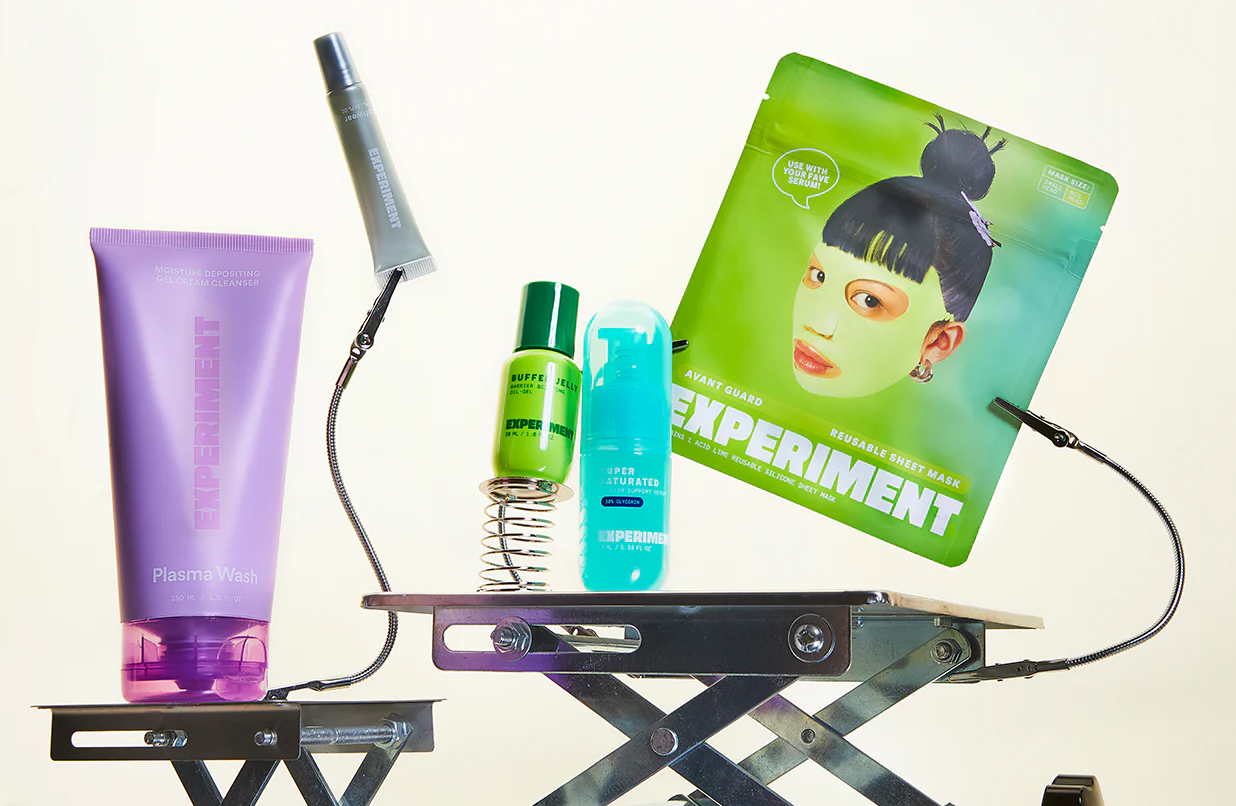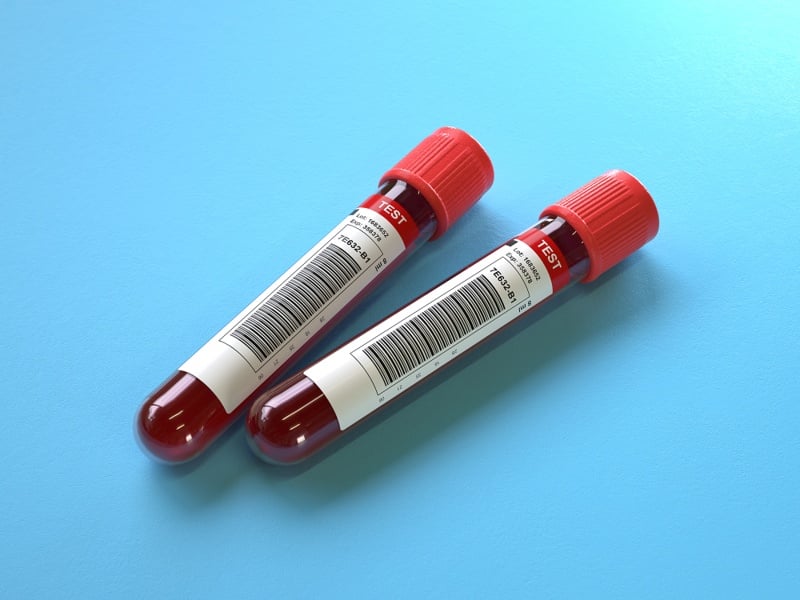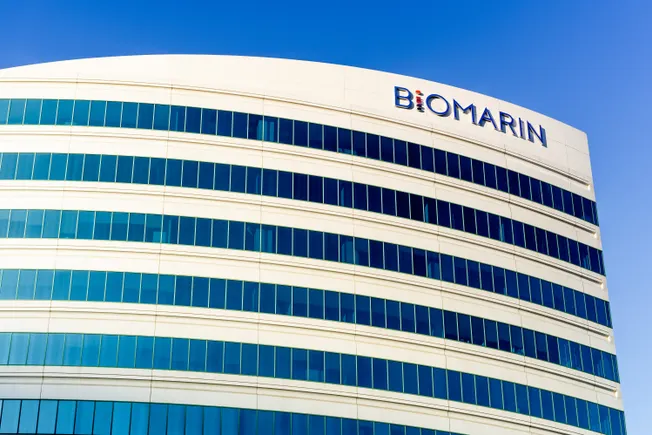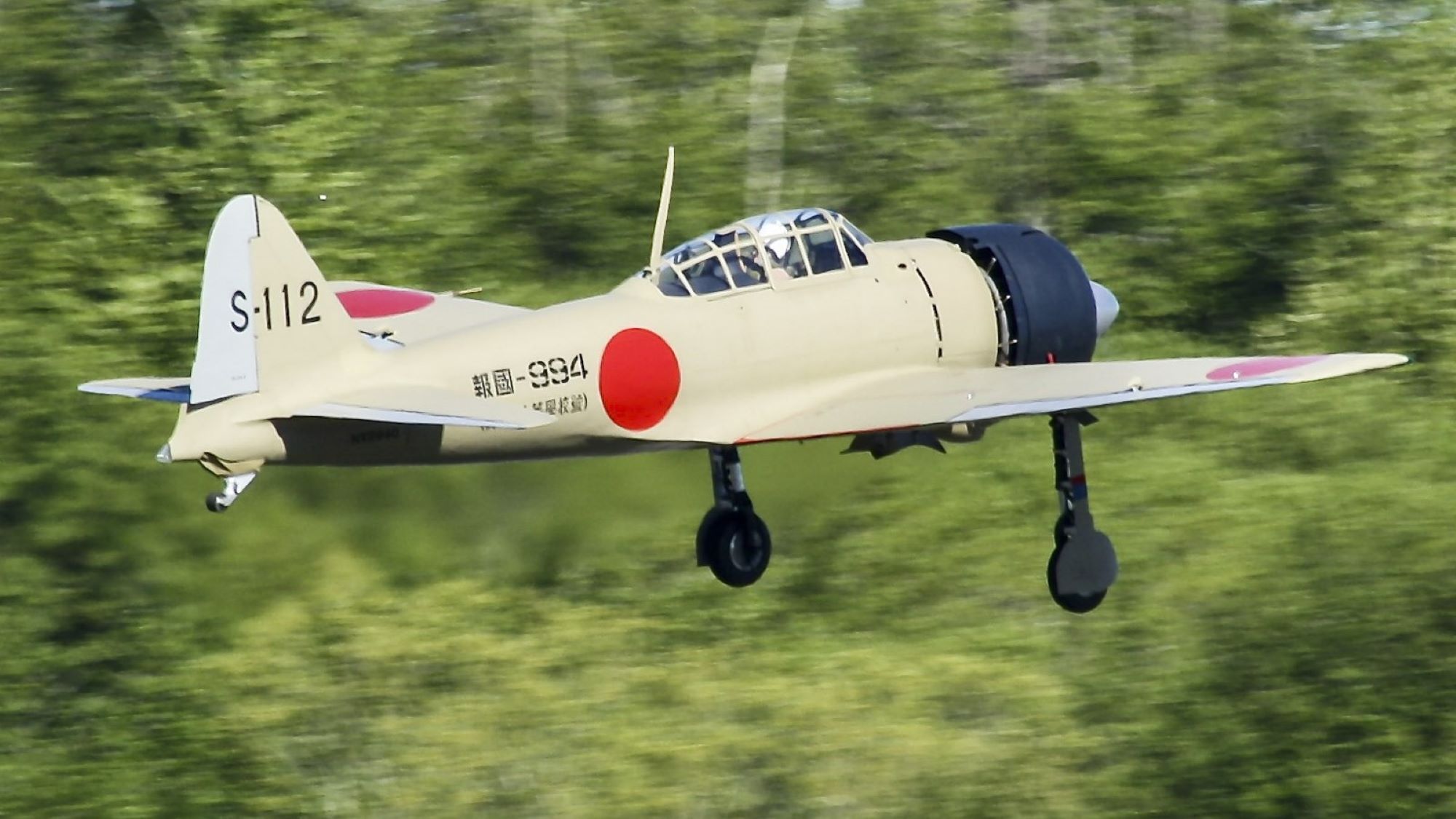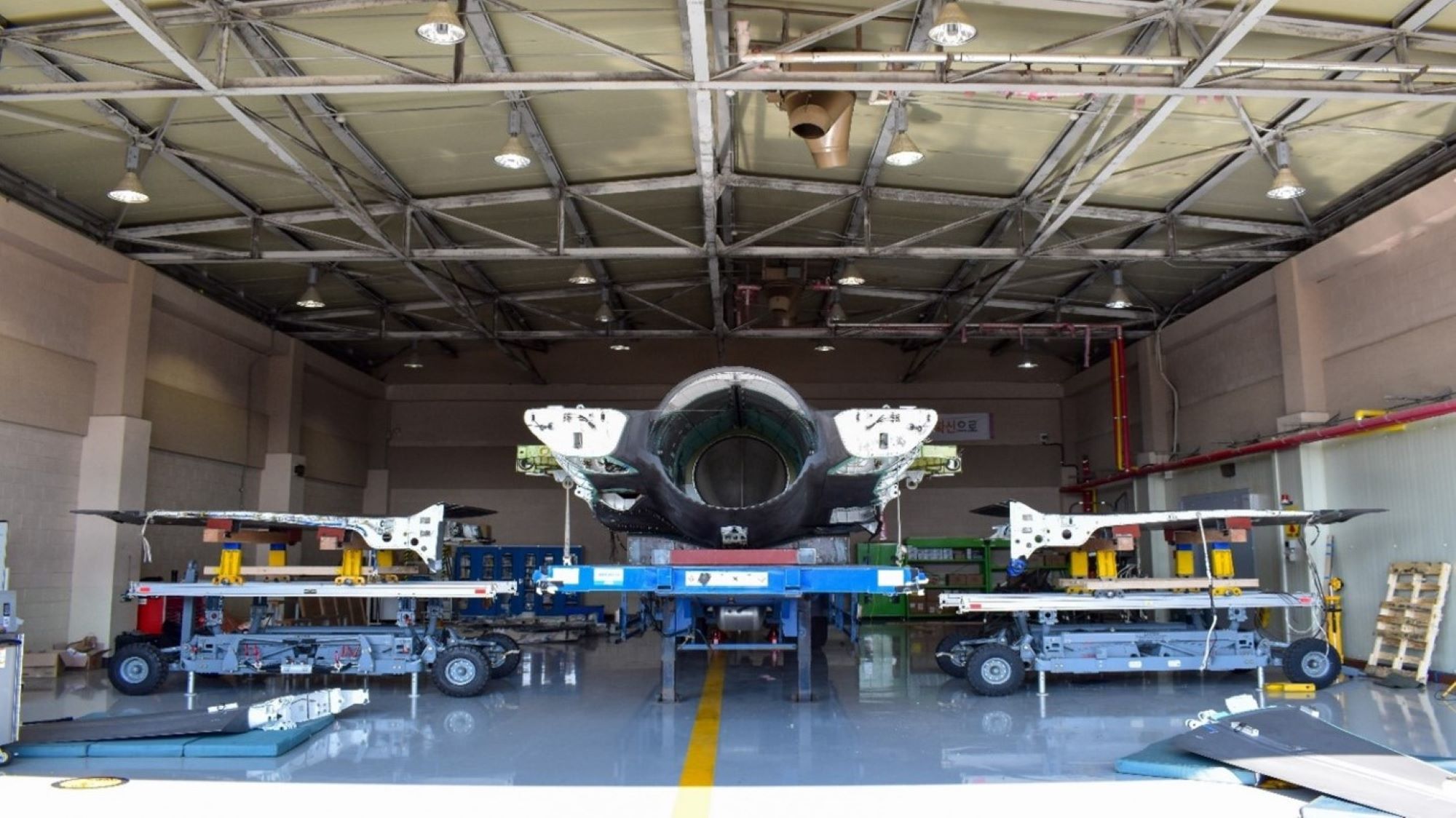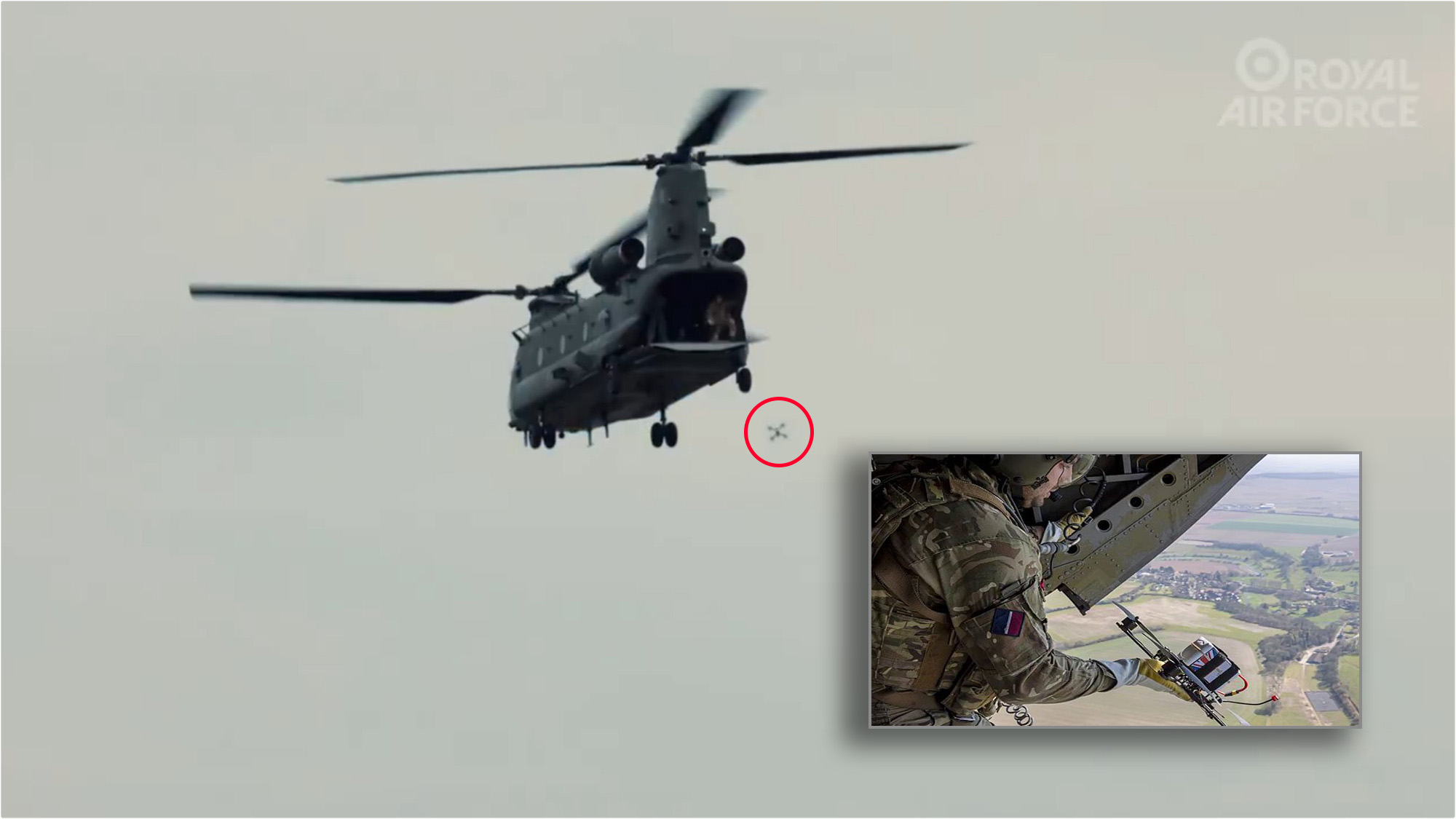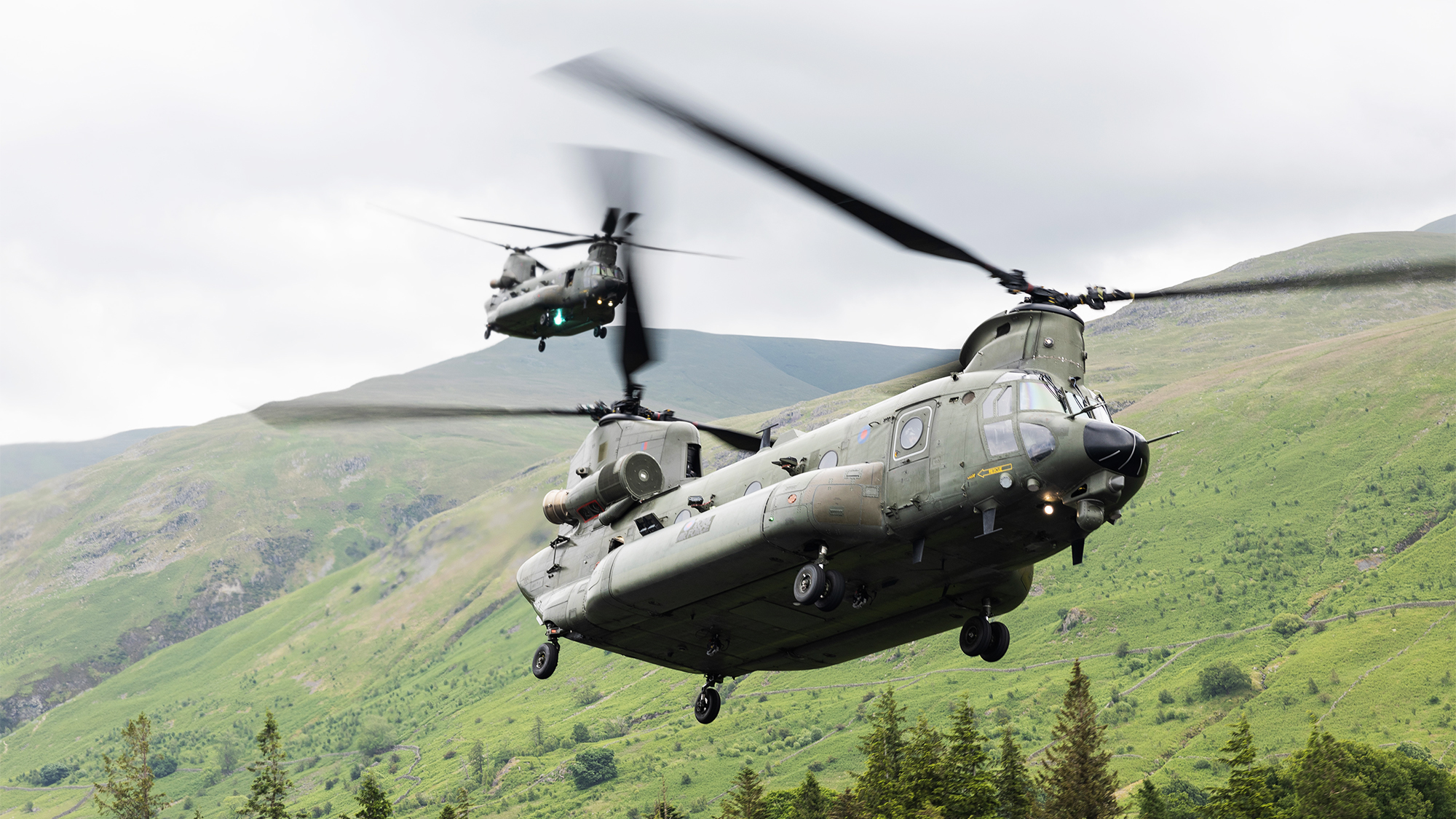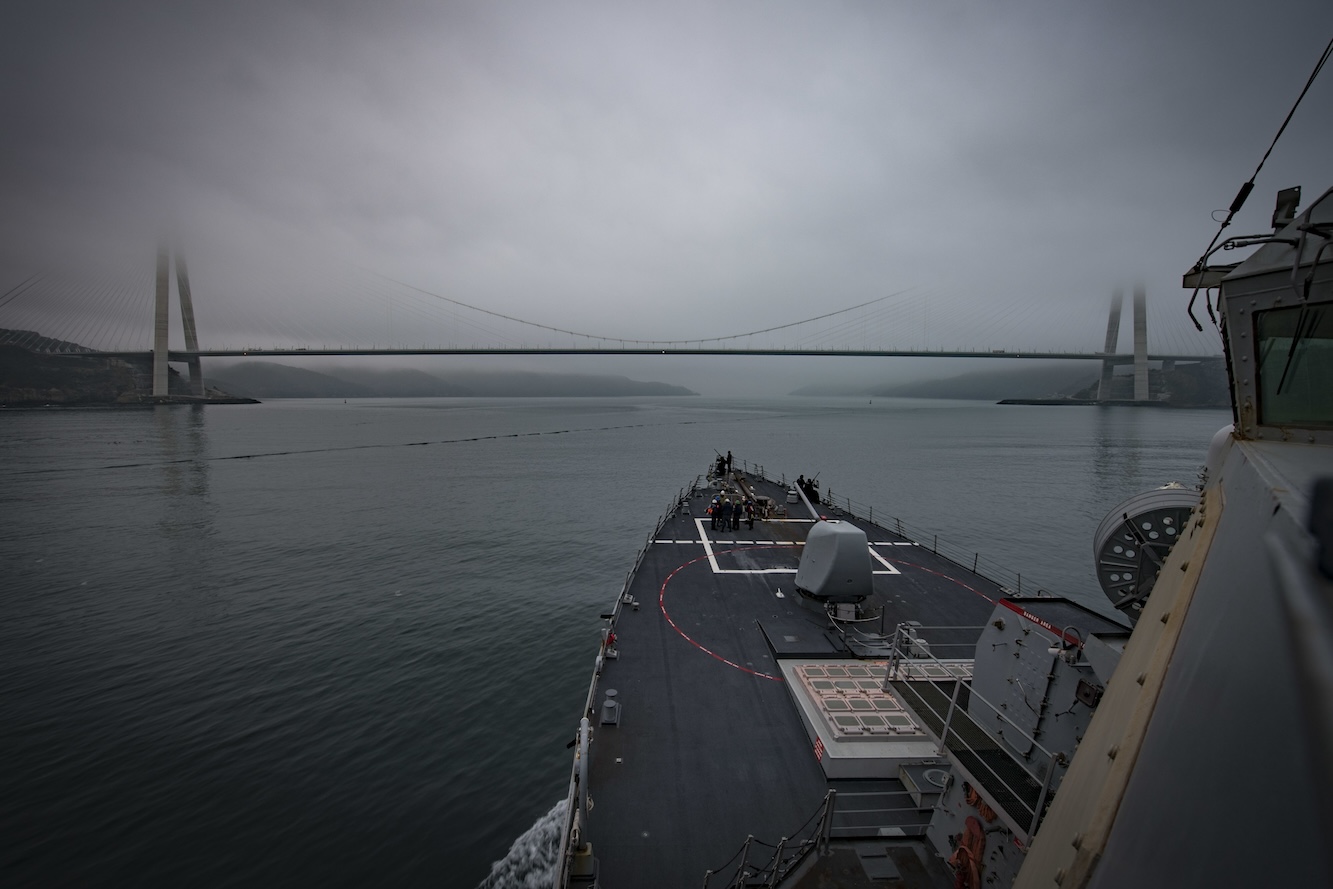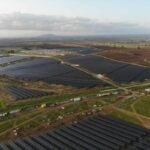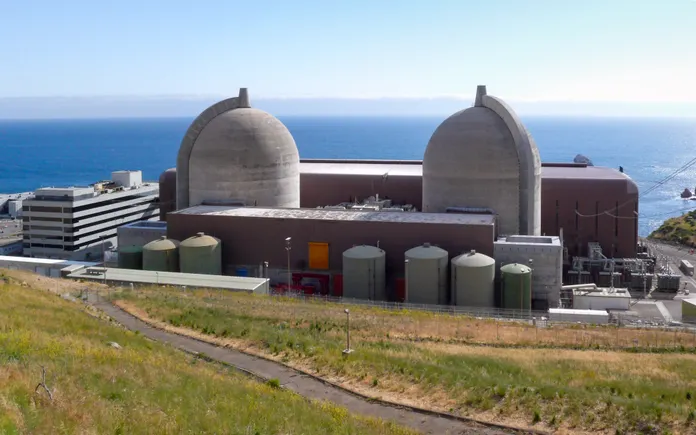Navy to host industry for talks about ‘Future Unmanned Surface Vessel’ program
The industry day will take place in Washington, DC, on June 17.


The unmanned surface vessel Ranger transits underneath the Sydney Harbor bridge as part of a scheduled port visit during Integrated Battle Problem (IBP) 23.2, Oct 24, 2023. IBP 23.2 is a Pacific Fleet exercise to test, develop and evaluate the integration of unmanned platforms into fleet operations to create warfighting advantages. (US Navy photo by Ensign Pierson Hawkins)
WASHINGTON — The US Navy is planning to hold an industry day next month to discuss the specifications for its “Future Unmanned Surface Vessel” program, according to a public notice published today.
The June 17 industry day will be held by the Program Executive Office for Unmanned and Small Combatants in Washington, DC.
“The Future USV program will be an open ocean, 25+ knot, high endurance, non-exquisite, autonomous vessel,” according to the solicitation. “The vessel will be built to commercial standards and will provide the interfaces, payload deck area, and support for two forty-foot equivalent unit (FEU) containerized payloads, each weighing 80,000 lbs.”
Industry days are significant to the Pentagon’s acquisition process because they are indicative of a service taking the first steps towards a competition for lucrative contracts associated with programs of record.
While the notice does not yet specify the physical dimensions of the Future USV, the requirement to hold two 40-foot containerized payloads suggests it’ll be similar in size to the Navy USV Mariner and its sister ships, which were derived from offshore supply vessels ranging in sizes from roughly 150 to 200 feet, and are considered medium-sized USVs.
Rear Adm. William Daly, the Navy’s surface warfare requirements director, told reporters in January that he was skeptical of the service’s original notion for a “Medium” and “Large” unmanned surface vessel.
“We need one craft that is affordable, non-exquisite, and can come off multiple production lines in an identical manner and go towards one of two payloads — either the envisioned magazine payload of the Large USV or the envisioned ISR-related Medium USV payloads,” he said at the time.
As a requirements director, internally known as N96 in the Navy, Daly holds significant control over the service’s future course for programs of record related to surface vessels.
Prior to Daly’s remarks in January, two top lawmakers overseeing the Pentagon’s budget urged service brass to reconsider its original course on the Large Unmanned Surface Vessel program, citing concerns over the vessel’s size and complexity.

















